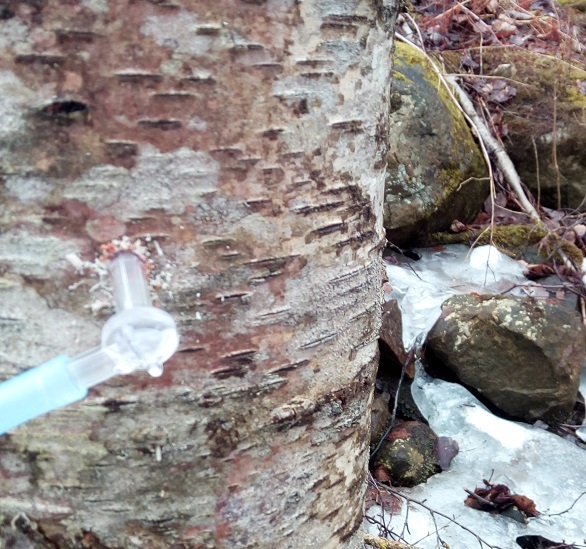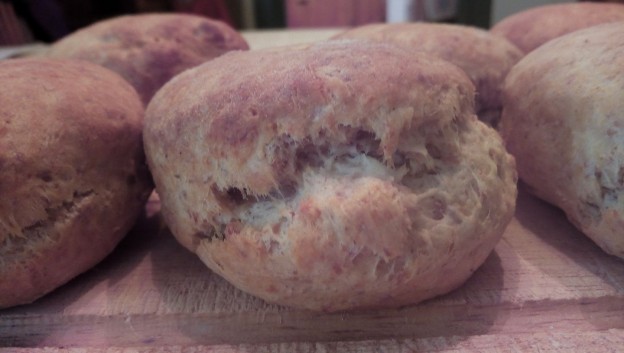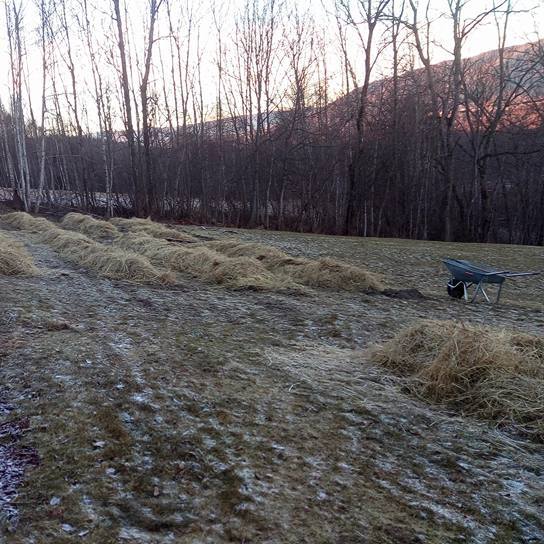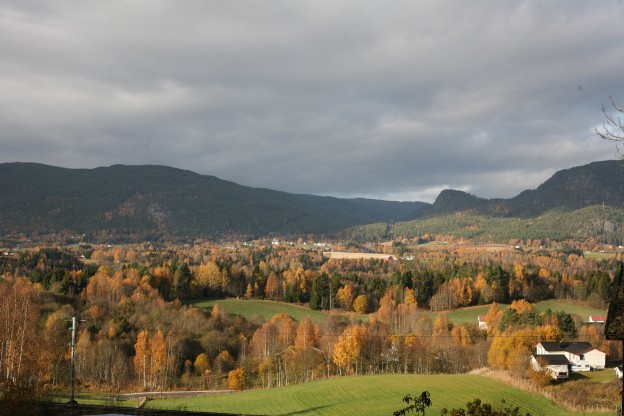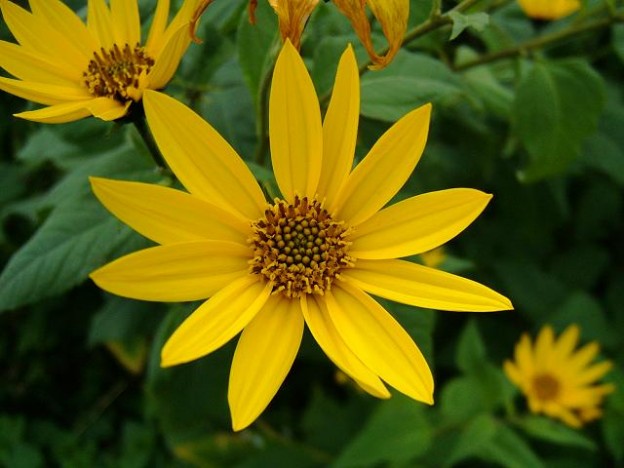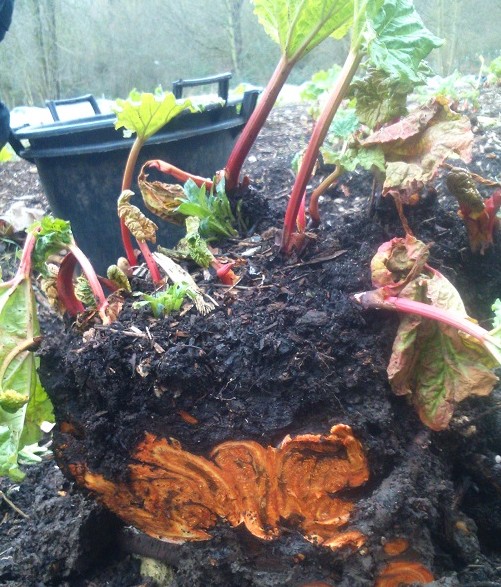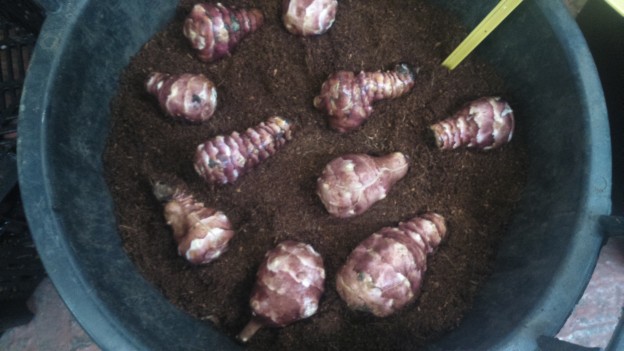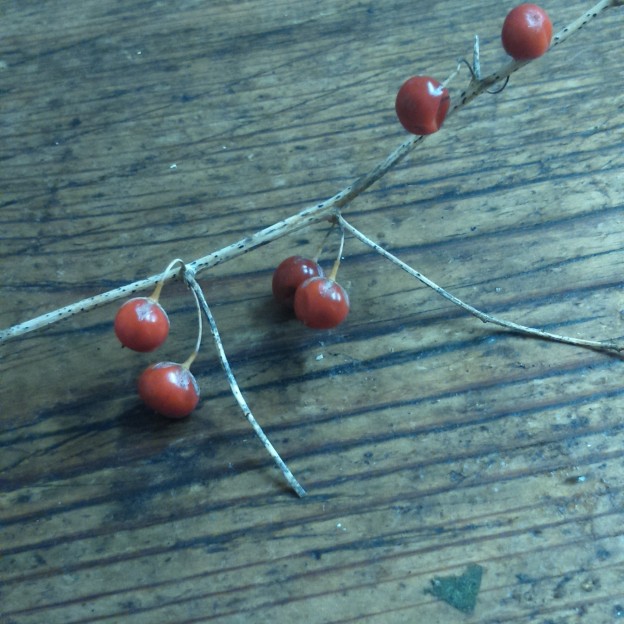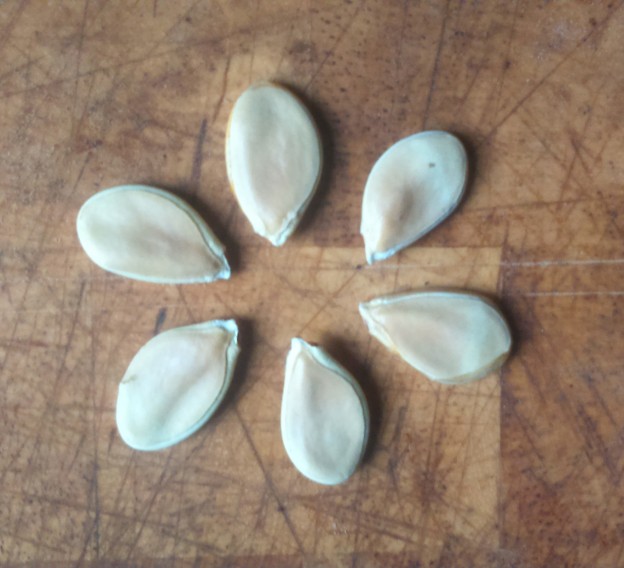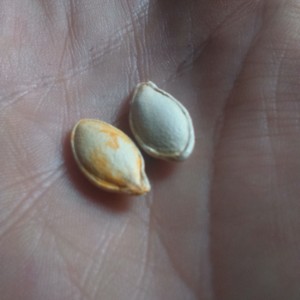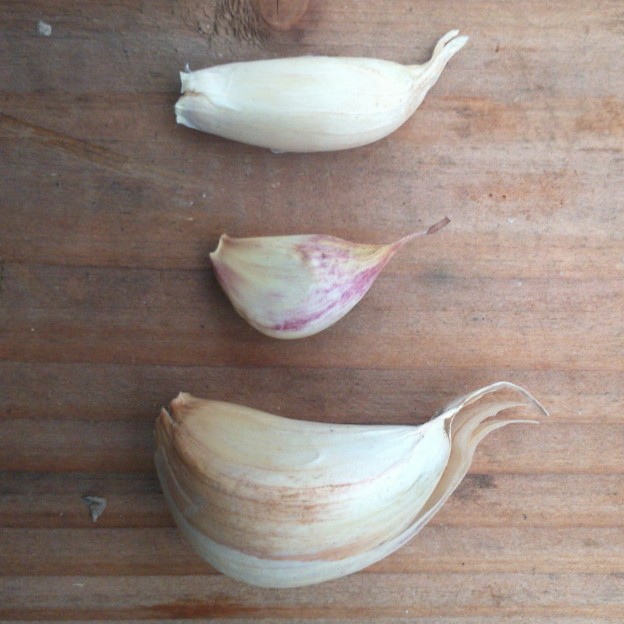The first day of spring saw us greeting an articulated lorry parked at the base of our drive. We’d not expected it for several more days but were more than happy with it’s early arrival. It was delivering what quite possibly the only Maple Syrup evaporator to ever ship to Norway.
As luck would have it our good friend Darren is visiting us from the UK right now. Along with being my other half’s best friend he’s also an engineer so getting to build a thing neither of them had ever seen in real life was exactly the sort of challenge they enjoyed. As you might imagine they managed just fine, and even made sure it was easy to disassemble should the need ever arise.
Those of you who are fascinated by trees (like i am) will know of course that the Sugar Maple is not native to Norway and you may also know that the Norwegian Maple does not share the high sugar sap of it’s more famous brethren. We’re actually taping Birch. Birch sap has a sugar content of roughly 1% which is half of that of Sugar Maple. This is the primary reason Maple Syrup is “a thing” whilst Birch is not. More accurately perhaps, it is why Birch was not, it is now. Say what you will about technology and our advancements, it’s because of these specifically of Reverse Osmosis technology that the harvest of Birch Sap for the making of Syrup is now viable.
Birch Sap itself has been a popular “crop” in colder climates throughout history, Russians and Estonians used it for the making of beer and spirits, North American native peoples would drink it as a spring tonic. I believe that Norwegian Birch Syrup can become a product that chefs and people who throw dinner parties want in their pantry. I have the same hope for Birch Wine, but I’ve less reservations about that since decent wine sells itself. Only time will tell though, and we’ve a steep learning curve ahead of us!
Our production this year is more of a sampling than anything, we’ll be the Norwegian “pioneers” of the product so getting people to try it is a big part of this year’s goal. No one has produced Birch Syrup or Birch wine commercially here and very few people have even done so for themselves. In a way this is fantastic, a wide open opportunity and people appear to be curious. Fingers crossed!
This season we will harvest Birch Sap from 60 trees in out “home pasture” This should mean approximately 500 litres of sap which we’ll then use for syrup and wine to trial as products. I’ve had Birch Syrup from Kahiltna Birchworks the Alaskan Birch Syrup pioneers and Birch Wine from the lovely folks at Organic Lea and know that making an excellent product is possible, it’s just the learning curve to get there! I’m confident I can make the wine, I’ve a few years of successful wild wine under my belt it’s learning to use the evaporator that may be tricky. Anyhow, it’s warmed up to +7 so it’s time I go collect the sap!
